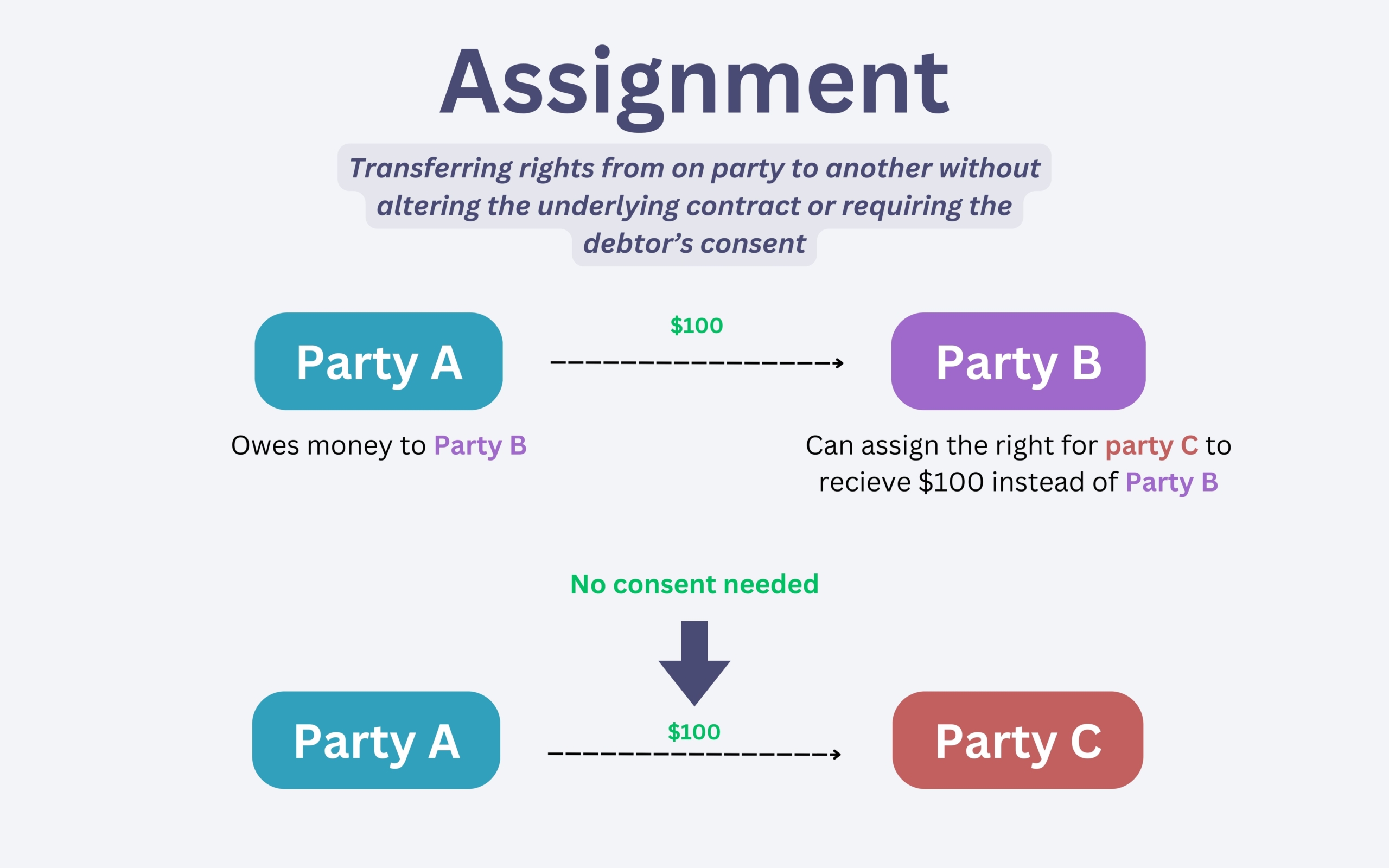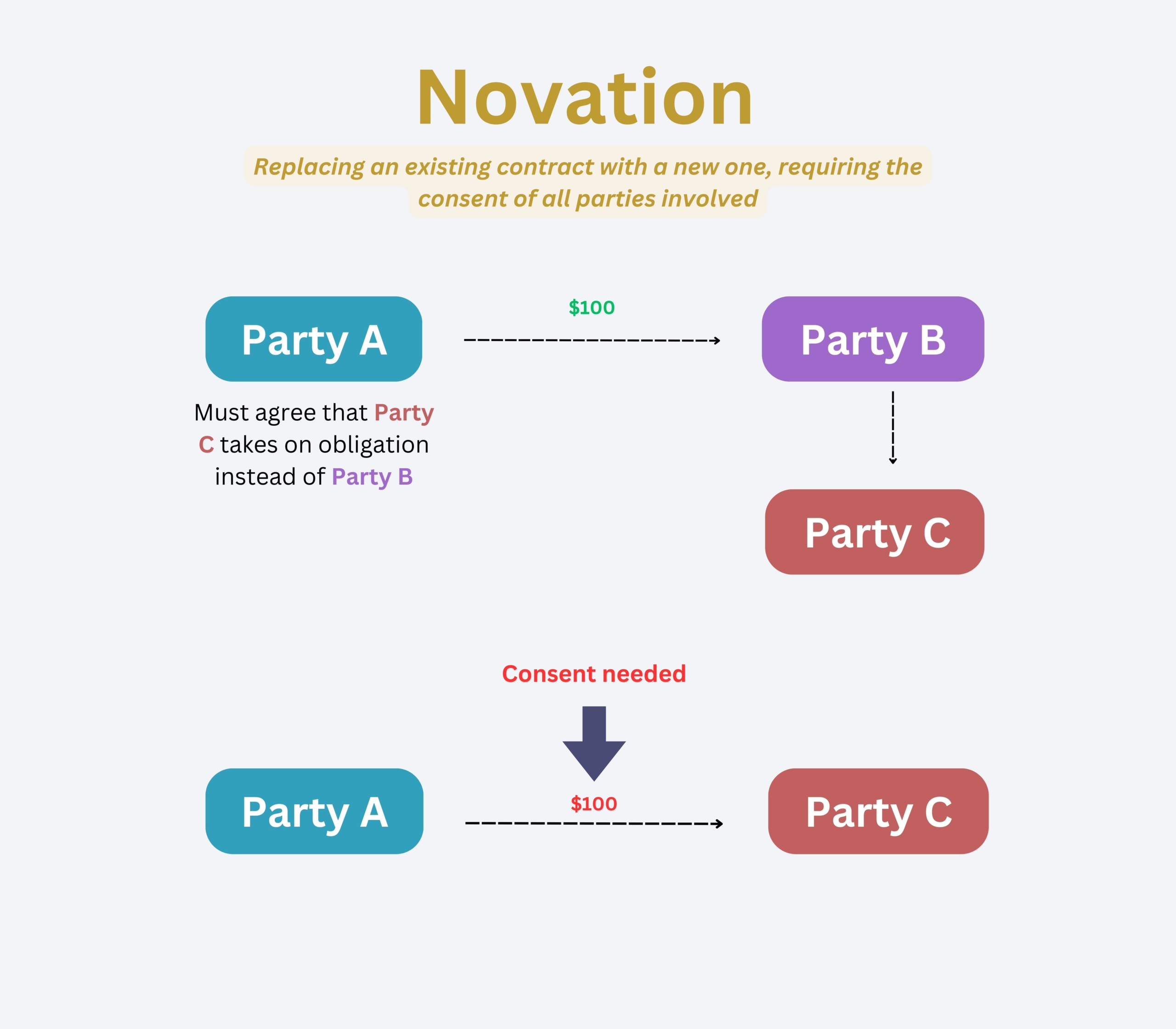We have helped many incorporated societies transition into charitable trusts and an issue that always arises is what happens to bequests to the incorporated society? The answer, in short, is “it depends”. This article will look at two situations; what happens to bequests when the incorporated society is wound up and what happens when the incorporated society is left as a shell entity.
Wound up incorporated society
Firstly, if a gift is left to an incorporated society that has been wound up, the executer would look to supporting documents that show a relationship with the trust and whether it is essentially the same entity. This would include, for example, the background section of the trust deed and the resolution to wind up and transfer assets from the society to the charitable trust.
The court may need to get involved if the executer is not satisfied the charitable trust is essentially the same as the incorporated society or where the wording of the Will is clear that the funds are only to go to the society. In this unlikely case, the court will seek to carry out the wishes of the Will-Maker when deciding which charitable entity to gift the funds to.
This means that even where there is a background section in the trust deed, there is no absolute certainty that the charitable trust will receive a bequest meant for the society. It is likely they will, due to the clear documentation that the charitable trust is essentially the same as the society, but there still remains a risk. Unfortunately, we have talked to MBIE about this and they cannot make any regulations for the new Act to remove this risk.
It is therefore advisable that if your incorporated society has transferred to a charitable trust, that you get in touch with your supporters and let them know they should amend their Wills. If you need help with this wording please do not hesitate to contact one of our experts here at Parry Field Lawyers.
Shell incorporated society entity
Secondly, whether bequests are paid to the charitable trust when the Will states it is to an incorporated society and/or quotes the charitable trust depends on what the Will says, how the executor feels about the bequests and if the residuary or other beneficiaries will raise issues.
Where a Will is clear that the bequest is for the incorporated society and it contains the Companies Office number or Charities Service number, the executor will generally be able to find the contact details for the society. It could then be explained to the executor that the charitable trust is undertaking the same work as the incorporated society. It will be at the executor’s discretion as to whether they transfer the funds to the charitable trust directly or require the funds to be transferred to the incorporated society. It would be prudent for the incorporated society to keep a bank account and to be active for this very reason, so it can transfer any bequests made to it.
The executor may be a close relative (e.g. child) of the Will-Maker who is aware of the Will-Maker’s wishes and can interpret the gift left in the Will to the society as being meant for the charitable trust. By contrast, the executor might be distanced from the Will-Maker or unaware of their involvement in the charitable trust and therefore unwilling to make the gift to the society.
A situation may arise where a beneficiary of the Will is challenging the gift made to the society, in which case it could be helpful to avoid any challenges to the validity of the gift itself.
These may be a reason to keep the society as a shell entity, to avoid a lot of these situations. It is prudent to consider how long you should leave the incorporated society as a shell for, as there may be some people who have drafted their Wills recently but won’t pass for a long time.
Some Wills contain a clause which discusses the “successor” entity which that would work in the charitable trust’s favour. Alternatively, some Wills say that if a gift fails then it gets added to the residue, or if the provision falls short, then it automatically gets added to the residue, this would not be in the charitable trust’s favour.
—
We have helped many incorporated societies transition to a charitable trust and have an incorporated society information hub here and a charitable trust information hub here. This article is not a substitute for legal advice and our experts here at Parry Field Lawyers would be happy to answer any of your questions.
If you would like to discuss further, please contact one of our team on stevenmoe@parryfield.com sophietremewan@parryfield.com or annemariemora@parryfield.com .



 We talked historical economic cycles, 📊population decline and its implications, austerity + people not buying basics like fruit 🍊veges 🥗🌽and cancelling their house insurance, how we measure ‘success’ in a Western conception vs other more holistic approaches such as in Te Ao Māori, degrowth, 🏡superannuation contribution rates, community housing, among many others. We ended by talking about love. Have a listen!
We talked historical economic cycles, 📊population decline and its implications, austerity + people not buying basics like fruit 🍊veges 🥗🌽and cancelling their house insurance, how we measure ‘success’ in a Western conception vs other more holistic approaches such as in Te Ao Māori, degrowth, 🏡superannuation contribution rates, community housing, among many others. We ended by talking about love. Have a listen!







